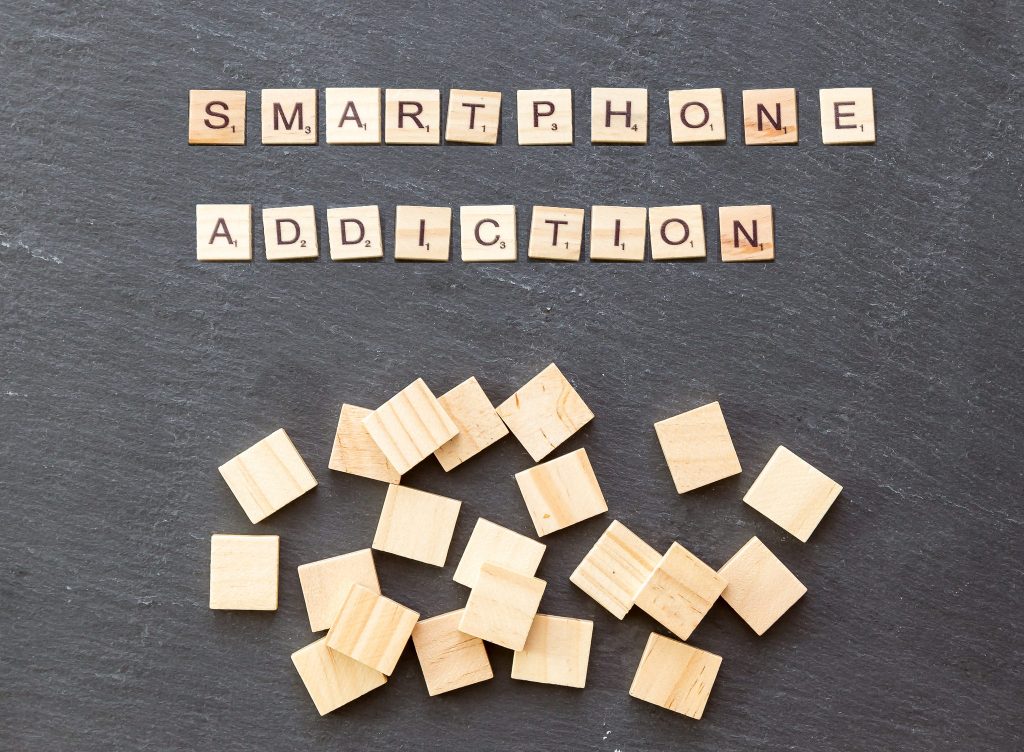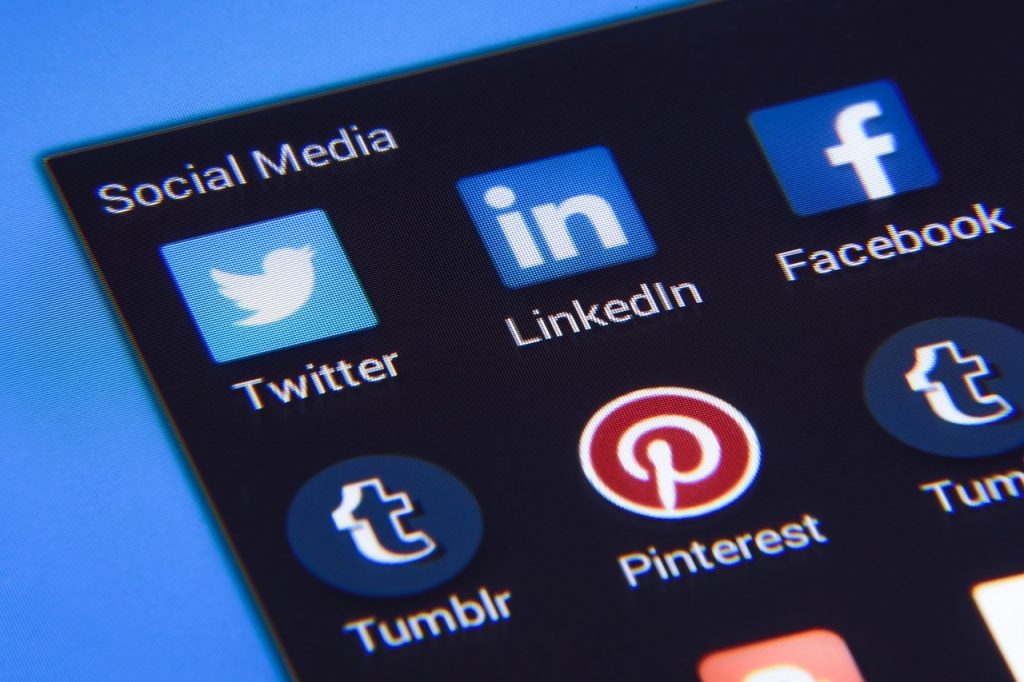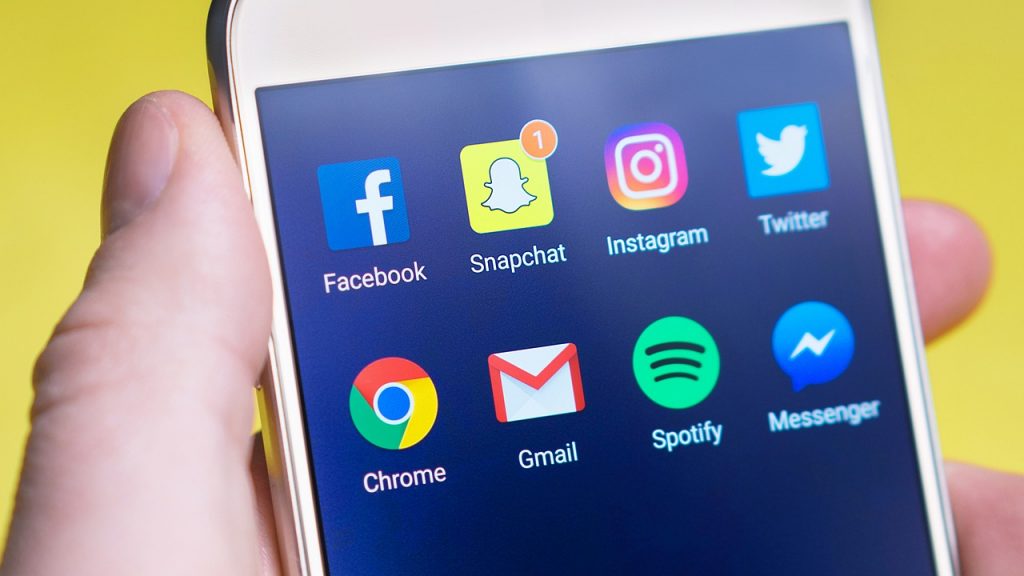When was the last time you got consumed into the time warp of social media, clickbait links, email, videos, and online shopping, only to realize (after a few hours) that you’d not accomplished anything at all?! Chances are, the answer is – not too long ago. We’re living in times where technology has freed up a lot of our time, only for us to waste that time into technology again. People, even in offices, waste significant chunks of their work-times doing things on computers and using the Internet that have no contribution to their real work. While technology can boost productivity, it can also bring output to a standstill. Let’s look at some of tech’s biggest time wasters.
Are you questioning it already?
The biggest question, and not the most obvious one, facing operations managers and entrepreneurs is – how to use technology without letting it own your time?
The question is difficult to answer because not many people understand or acknowledge that they are easily distracted by technology and that this adversely impacts their productivity.
Distraction, sadly, is not a variable that’s easy to quantify and measure. Is it a lost cause, then? Certainly not. Surprisingly, technology itself has a lot to contribute toward helping people remain focused and make it difficult for distractions to steer your focus away from value-adding work.
To make sure your teams are not beaten by tech’s biggest time wasters, here’s your introduction to the time-wasters themselves. Understand them, identify them, and then control them.
Inbox addiction
People find it hard to differentiate between activity and achievement. That’s often behind tech’s biggest time wasters and a major contributor to the inbox-addiction syndrome.
A recent study conducted by McKinsey Global Institute and International Data Corp. showcased that the average office worker spends 28 percent of their work week managing email. Imagine the amount of time you can free up for your teams if you can assist them to break their inbox addiction!
The impact of spending too much time in the mailbox is two-fold:
- First, the time spent in reading and responding to emails is the time that could have been spent on more value-adding activities for your business.
- Secondly, the human brain operates in the staccato work-mode (quick but shallow thinking) while responding to emails, whereas most important business work requires you to operate in legato (steady and deep thinking) mode.

To take control, follow these suggestions:
- Do not spend time on email for the first and last 90 minutes of your workday. Reserve this time for more important activities such as planning the workday, setting up important meetings, or following up on pending deliverables.
- Unsubscribe to unnecessary email feeds; use one of the many unsubscribe services that automatically weed out marketing emails from your feed.
- Use your email service provider’s filtering and labeling options to organize your mailbox so that you know when a priority email arrives, and don’t have to keep an eye out all day.
- Know when a phone call or face to face interaction is better than email; this will save you a lot of time otherwise spent in writing long emails, repeating explanations, and cleaning up. Though this does not mean driving across town just to meet someone when an email message could have sufficed!
Social media
All right, you don’t use Facebook and Twitter while at work, nor does your team (for many reasons most of them excellent – you may not even want to use one or both of them at home, but this is another topic). That’s not enough. There is more to this! There’s WhatsApp, and dozens of other smartphone and web-based portals that connect people to their community, and in turn, create on-work related interactions at times where there’s no time for them!

Should you block out all these services from being accessed at your workplace? That’s not the solution. Instead:
- Focus on helping your team understand how these apps are causing them to be less productive at work.
- Encourage them to disconnect their smartphones from the web when they’re committed to long sessions of work on their PC.
- Restrict access to entertainment websites for the most part of the workday.
Clickbait links
Your teams will depend heavily on web research to do their daily work. Google is everyone’s gateway to all the knowledge and resources in the world.
However, the problem occurs when people lose track of the real purpose of using the search engine and get lost in the endless ocean of web links. Irrespective of what you’re trying to search for, there will be dozens of clickbait links coming your way. And every additional link you open takes you farther from your mini research goal and instead falls into the category of tech’s biggest time wasters.
You can help your team understand the phenomena by:
- Showcasing them how this works, by doing some random web searches, and demonstrating how easy it is to be lost.
- Collecting stats such as the number of web pages accessed in a particular week and sharing them with individuals, encouraging them to evaluate whether all the web research was necessary.
- Using web tracking tools that publish comprehensive and intuitive reports and dashboards to help people understand where they spent most of their web browsing time in the day.
Smartphone notifications

Smartphone notifications already include emails and social media alerts. Add app notifications, text messages, and phone calls, and you have a device that won’t help but beep every other minute!
Compare this to sitting next to a noisy coworker who would call you out and mention something inconsequential every other minute.
Tread carefully here; people love their smartphones, and any restrictions you try to suggest or impose are likely to be met with some serious disdain. Instead, look to assist your teams by helping them question their smartphone use on their own.
This can be done by exposing them to stats that explain the potentially distractive role of smartphones at work. If they don’t get it perhaps you hired the wrong team member – just a thought! But if they are productive then whatever they are doing works.
Also, educate your people on how they can turn off unnecessary notifications, how to use apps mindfully (without letting the endless scroll design kill their time), and how to use different phone modes (priority calls only, airplane, do not disturb, etc.) on different times of the day to work better.
Tech’s biggest time wasters: Know when to stop
Email, social media, apps, smartphones, web browsers – while all can be among tech’s biggest time wasters, they also have tremendously important roles to play in empowering your workforce. However, that’s only if your people use them mindfully, and know when to say stop, and to get on with the real work.
Featured image: Pixabay



